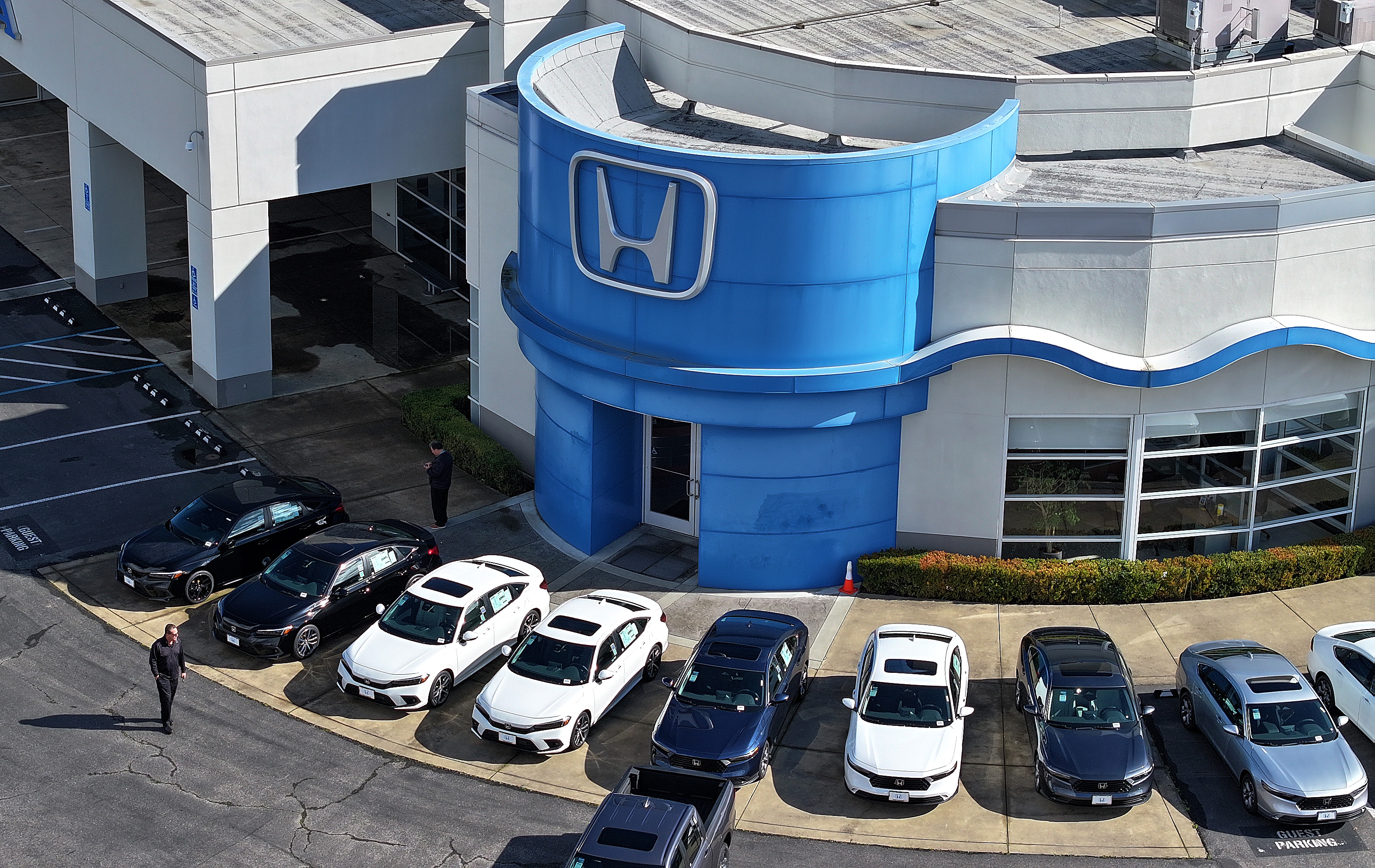Car insurance rates are surging as Americans struggle to pay for basic necessities and ongoing debt.
The newest Consumer Price Index shows car insurance spiked 20 percent year over year. The surge in pricing occurred after years of gradual price inflation, with earlier reports finding the rates grew by 36 percent since 2020.
That’s at the same time debt is soaring for many Americans. While Americans hold around 1.75 trillion in student debt loans alone, they also have $1.05 trillion in credit card balances not paid off.



Which do you think is a costlier and deadlier accident:
The solution to accidents is not “more accidents”
Most of the time, a red light camera causes someone to slam on their brakes to avoid passing through the red light, instead of just going straight through safely.
It happens often when the light changes just before you get to the intersection and you’re going just fast enough that you’d have to slam on your brakes or go through the red light the second after it changes to red. Slamming on your brakes is more dangerous than moving through a clear intersection.
You’re making assumptions here.
Scenario 1: You’re assuming that everyone is observing adequate stopping distance, has working brakes, and is adequately paying attention to slow down.
Scenario 2: You’re assuming that green means it’s safe to go and that the cross traffic light turns green simultaneously with a given light going red.
Let’s address the easy stuff first.
In scenario 2, if my light just turned red that means the opposite light just turned green. This isn’t how stop lights work in practice. Usually, both sides of traffic are stopped momentarily before a light turns green such that traffic in the intersection can clear. Also, if you see a stop light that’s red you are usually slowing down. In other words, right before cross traffic gets a green light they are either stopped or slowing down, assuming they can adequately pay attention.
Cars have mass. You don’t instantaneously go from 0 speed to speed limit. It takes a ramp up time. It is generally low risk to run a stop light immediately following a light change.
Now to address both scenarios, we have to talk about defensive driving.